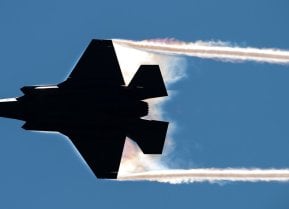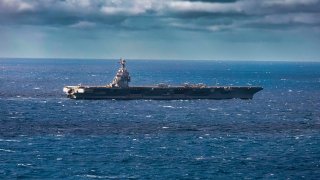'Slap in the Face': An Old Submarine 'Sank' a U.S. Navy Nuclear Aircraft Carrier
The French Rubis-class submarine, Saphir, demonstrated its stealth prowess by sinking the U.S. aircraft carrier USS Theodore Roosevelt in a 2015 mock exercise. Initially on the carrier’s defense team, Saphir switched roles and penetrated the carrier’s defenses undetected, showcasing the capabilities of the compact Rubis class.
What You Need to Know: The French Rubis-class submarine, Saphir, demonstrated its stealth prowess by sinking the U.S. aircraft carrier USS Theodore Roosevelt in a 2015 mock exercise. Initially on the carrier’s defense team, Saphir switched roles and penetrated the carrier’s defenses undetected, showcasing the capabilities of the compact Rubis class.
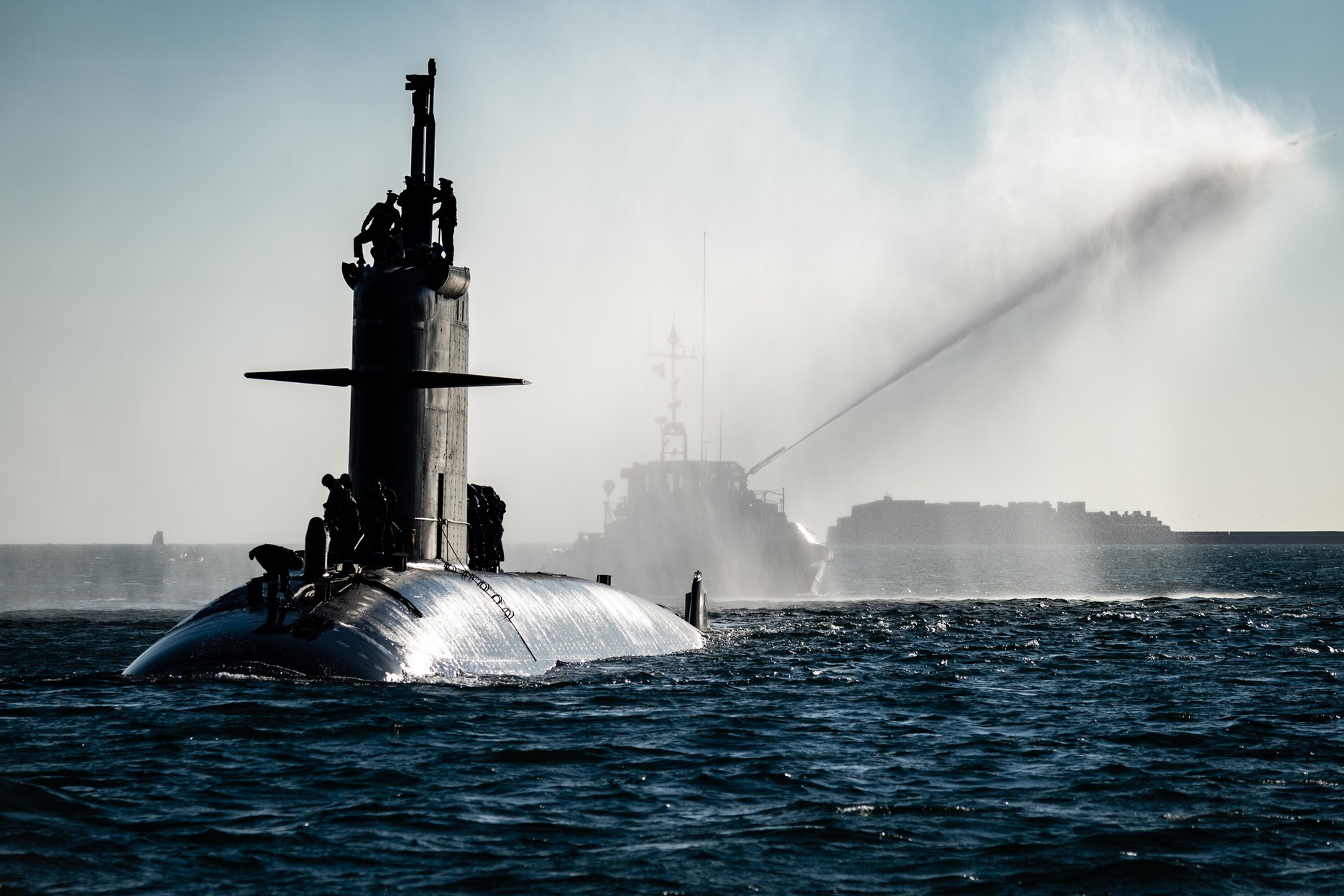
-Designed in the 1970s, these nuclear-powered submarines carry a potent arsenal of F17 torpedoes and SM39 Exocet anti-ship missiles, but early models faced noise issues.
-Modernized over time with upgrades like the Nemesis countermeasures system, the Rubis-class subs have started decommissioning as newer designs emerge.
How a French Sub Sank a U.S. Carrier in a Mock Exercise
The French Navy’s Rubis-class nuclear-powered attack submarine once sank a U.S. warship in a military drill.
In 2015, the French Ministry of Defense published a report revealing how one of its Rubis ships sank one of the American-made Nimitz aircraft carriers in a mock joint exercise in the North Atlantic.
During the collaborative drills, pretend states were tasked with attacking the USS Theodore Roosevelt carrier. The French Rubis submarine Saphir was initially assigned to the friendly force team meant to aid the U.S. Navy’s aircraft. By day two, the Saphir switched to the adversarial team, meant to locate the carrier and attack.
According to the French report, the Saphir was able to secretly detect the Nimitz carrier and slip into its defensive screen while evading detection by ASW assets.
While other details surrounding the mock attack remain a mystery, the Saphir’s capabilities were notable.

The history of the Rubis-Class submarines:
In the 1960’s, the French Navy took its first stab at creating a nuclear-powered attack submarine dubbed Rubis.
Ultimately, however, the program was canceled just as the boat began its construction phase. The Navy instead established a new Plan Blue naval plan in the early 1970s, requiring that 20 conventionally-powered and nuclear-powered submarines be produced.
The resulting SNA972 Rubis class became the smallest nuclear-powered type in operational servce with any navy, made possible by France’s installing a tiny 48 megawatt integrated reactor-heat exchanger system.
Rubis Subs Specs & capabilities:
The Rubis-class submarines were armed to the teeth. Each ship in this class has four 533mm torpedo tubes forward and can carry a combination of 14 F17 Mod 2 torpedoes and SM39 Exocet anti-ship missiles.
As detailed by Naval Technology:
“The torpedo tube-launched Exocet SM39 anti-ship missile is manufactured by MBDA (formerly EADS Aerospatiale). Target range and bearing data is downloaded from the submarine’s tactical data system and weapon control system into the Exocet’s computer. The missile approaches the target area in sea-skimming mode using inertial navigation and then active radar homing, at speeds over Mach 0.9 with a range of 50km. The Exocet’s 165kg high-explosive shaped charge warhead is armed with a delayed impact and a proximity fuse.”
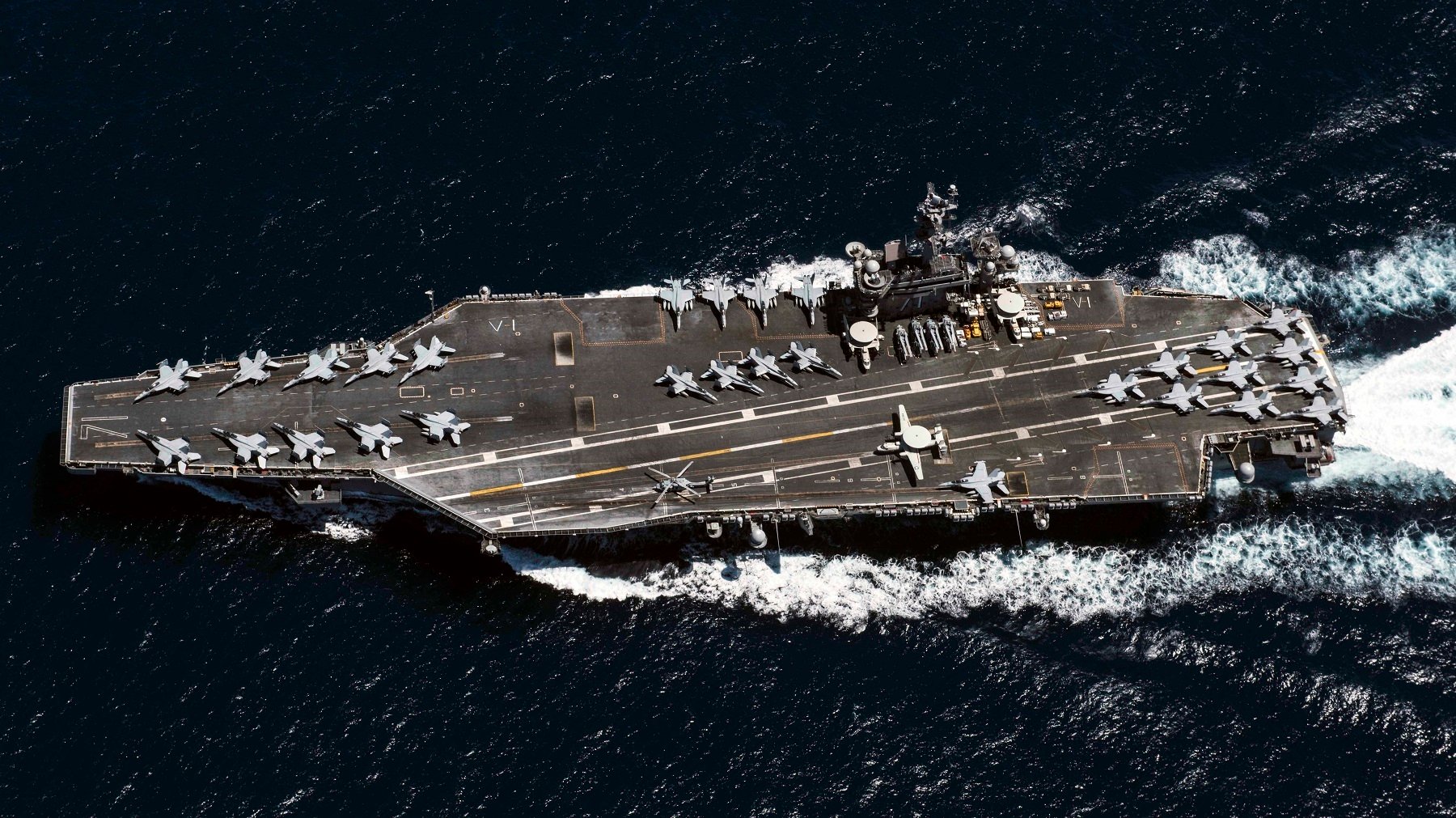
Shortcomings of the Rubis-Class:
When the lead Rubis-class ship entered service, its design proved to be quite noisy. For submarines, suboptimal noise levels are critical since these ships are meant to avoid detection by enemy warships.
To rectify this issue, the hull was reshaped and lengthened to help minimize noise emissions. In 1983, the first Rubis-class submarine was commissioned, followed by the Saphir in 1984, the Casabianca in 1987, the Emeraude in 1988,the Amethyste in 1992 and the Perle in 1993. Around this time, the last two intended submarines in the series were cancelled before entering their construction phases.
Over the years, several overhauls modernized the Rubis ships. The early boats were fitted with the AMETHYST modernization program in the early 1990s and, more recently, in 2014, were equipped with the Nemesis countermeasures system. Many of this class of sub are now in the process of being decommissioned.
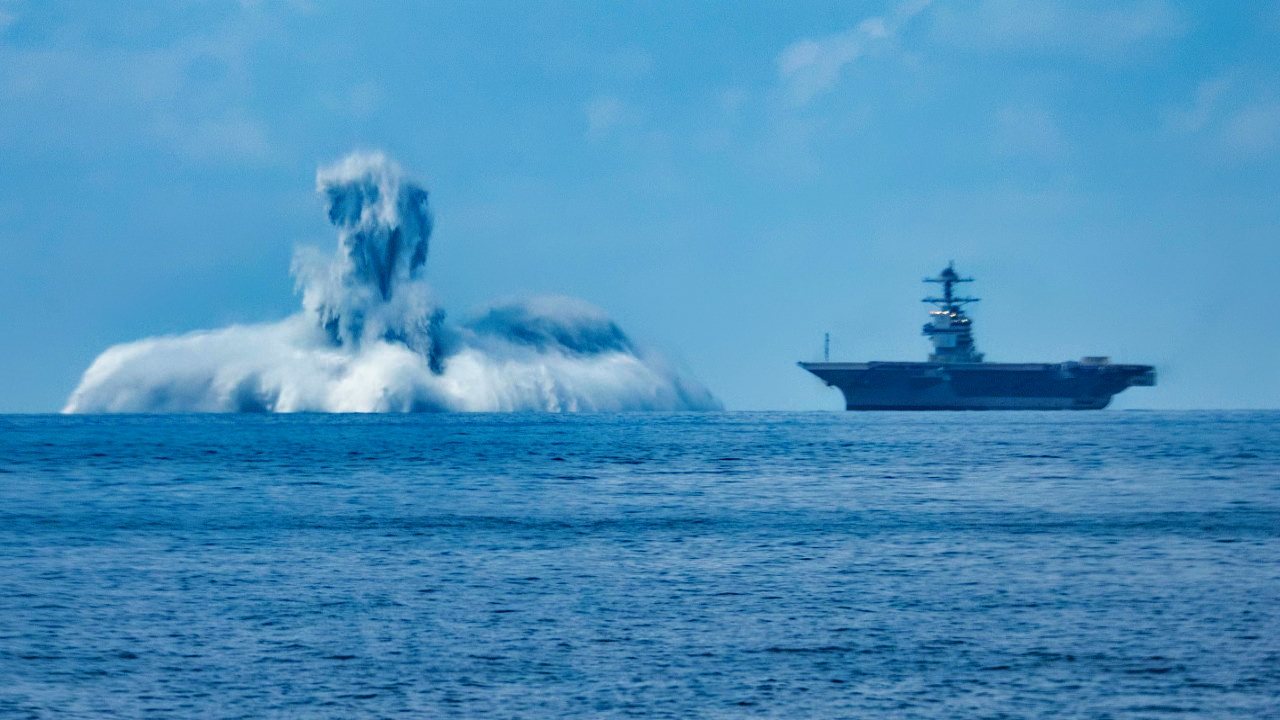
About the Author: Maya Carlin
Maya Carlin, National Security Writer with The National Interest, is an analyst with the Center for Security Policy and a former Anna Sobol Levy Fellow at IDC Herzliya in Israel. She has by-lines in many publications, including The National Interest, Jerusalem Post, and Times of Israel. You can follow her on Twitter: @MayaCarlin.
Image Credit: Creative Commons.
